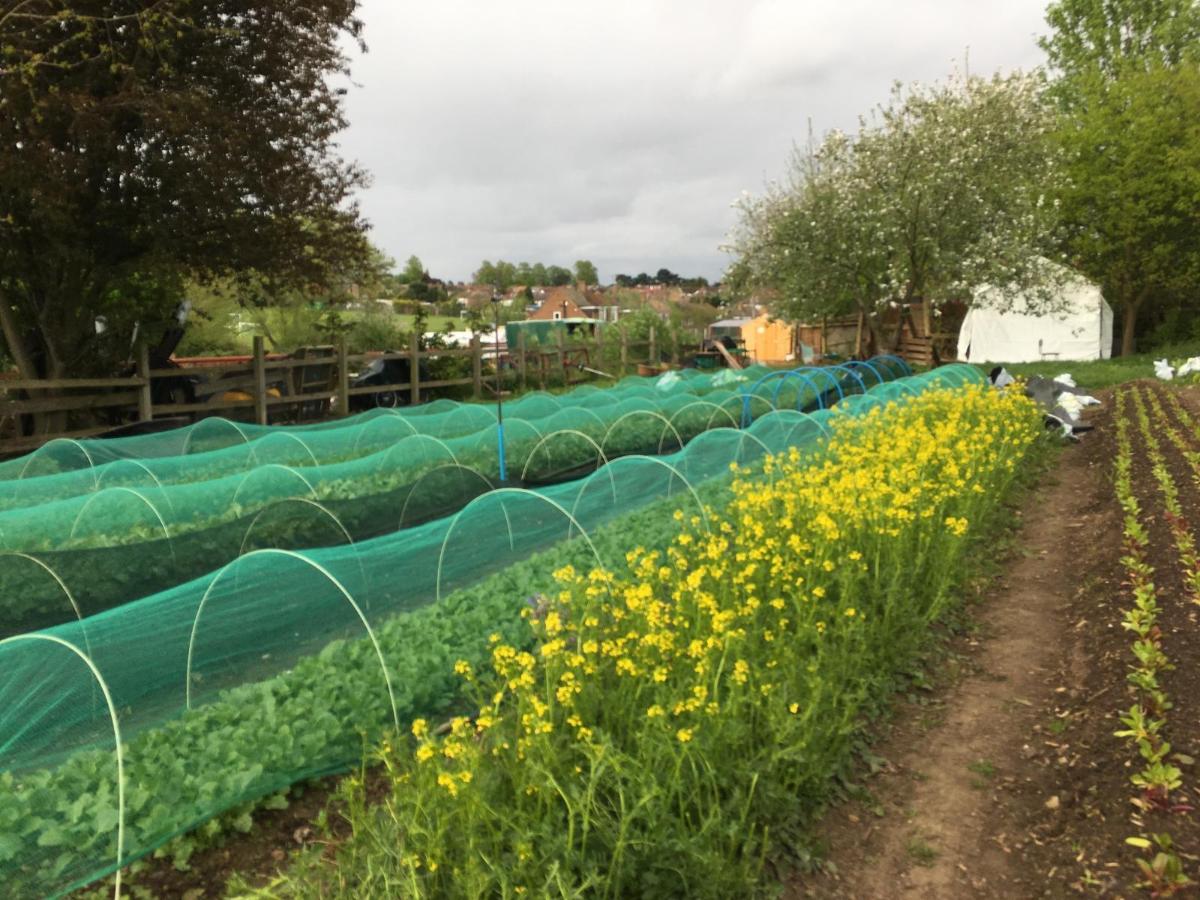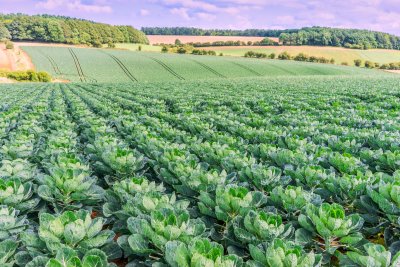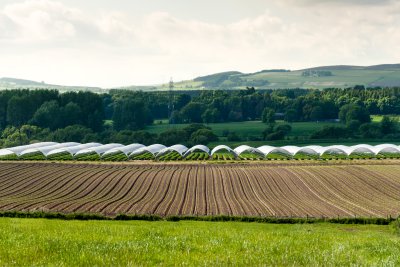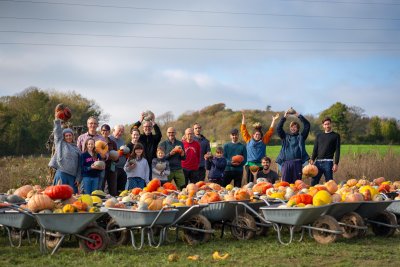 Credit: Keats Organics
Credit: Keats Organics

Practical solutions for going no-tillage in organic horticulture - soil health ideas for growers
A key challenge for organic cropping systems with regards to soil health is finding ways to move from tillage to no-till. Sustain takes a look at an interesting two-part series which considers no-tillage in organic horticulture.
These two informative articles are written by Niels Corfield (who specialises in whole farm planning, soil health and integrated agroecological farming systems) and hosted by Agricology (who provide practical solutions to agroecology farming).
The two-part series provides great practical solutions for organic horticultural farmers who want to transition to no-tillage systems, as well as providing great insight into the world of soil health for consumers and food system thinkers alike. After all, knowing where and how your food is grown is an important (and very exciting) part of buying it. If you grow vegetables at home, in an allotment or on a smallholding, you can apply these practices too.
No-till for growers: realising the promise of soil health in organic horticulture part 1
No-till for growers: Part 2 – Soil health practices for growers
Two key issues related to tillage (i.e. ploughing) are that it can cause soil erosion problems and the loss of soil organic carbon (SOC) to the atmosphere. The volatilisation of SOC is both a contributing factor to greenhouse gas emissions, but more importantly for farmers, represents losing soil fertility and soil structure. By minimising the disturbance of soil through no-tillage practices (i.e. not ploughing the land), farmers can help to reduce erosion and the loss of SOC.
As pointed out in the article, some of the key challenges for an organic no-till approach to horticulture are weed management, creating good tilth (i.e. making the soil suitable for planting crops) and making higher labour requirements pay for the business.
Niels points out in the article that among other things, continuous soil cover and minimal soil disturbance are two rules of application which can be part of a successful organic no-till weed management strategy. By adding greater diversity into the crop rotation, ensuring there is a living root in the ground for as long as possible, and quickly establishing crops, growers can achieve good soil crumb (i.e. structure), soil biological activity and greater suppression of weeds.
Organic is a key agroecological systems approach to growing food in a way that is nature- and climate-friendly. Ploughing is still a key weed management technique for many organic systems, but it can present challenges for growers such as soil erosion and loss of SOC as explained above.
By finding ways to reduce soil disturbance through no-tillage approaches, organic growers can make a big step towards better soil health—and with that, building stronger ecosystem functions that will present opportunities for greater productivity and environmental outcomes at the small and larger scale.
Sustainable Farming Campaign: Pushing for the integration of sustainable farming into local, regional and national government policies.
Sustain
The Green House
244-254 Cambridge Heath Road
London E2 9DA
020 3559 6777
sustain@sustainweb.org
Sustain advocates food and agriculture policies and practices that enhance the health and welfare of people and animals, improve the working and living environment, promote equity and enrich society and culture.
© Sustain 2025
Registered charity (no. 1018643)
Data privacy & cookies
Icons by Icons8







